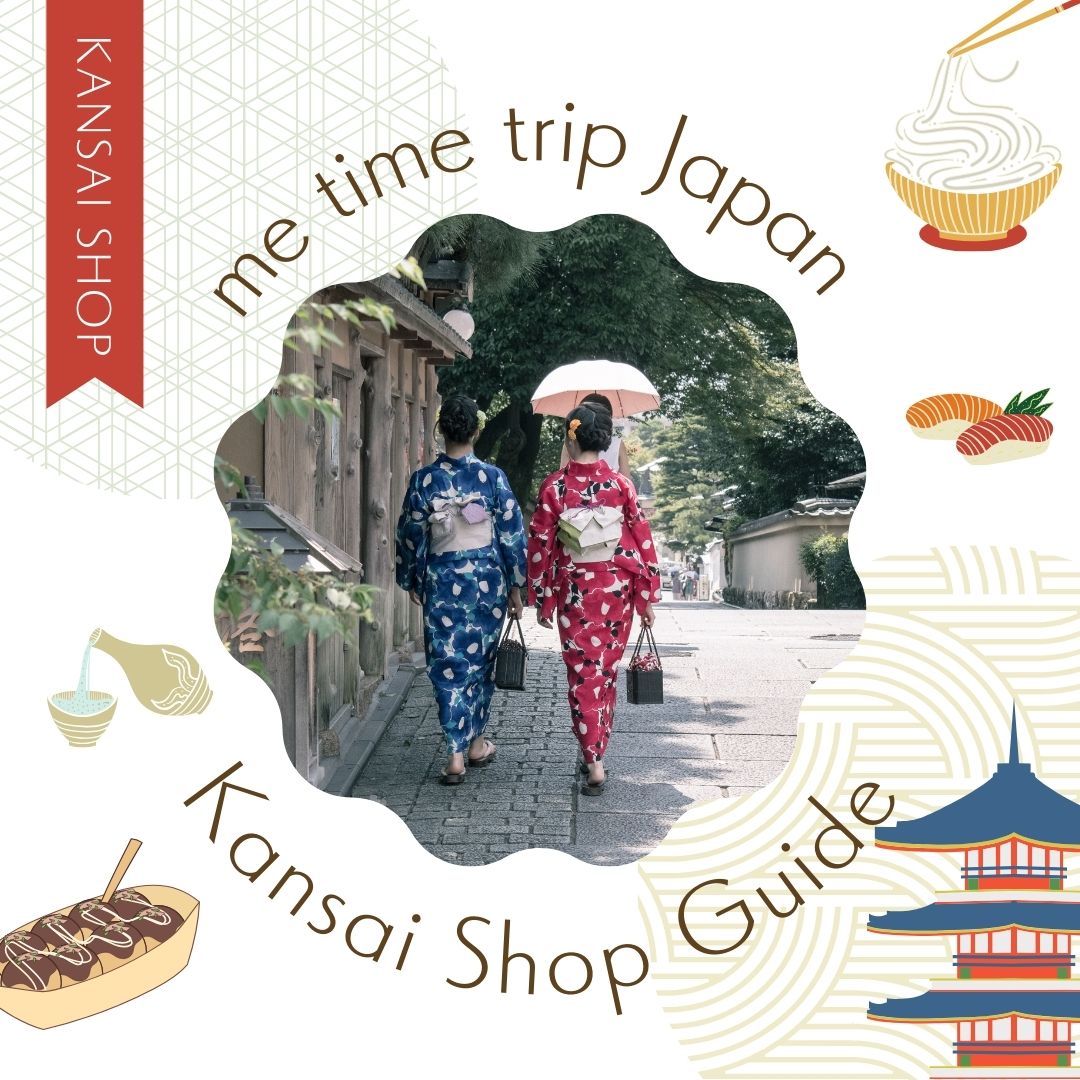Japan is home to a diverse range of dialects, of which the Kansai dialect is the most notable.
Kansai-ben is a dialect spoken in the Kansai region, including Osaka, Kyoto, and Kobe, and is known throughout Japan for its distinctive rhythm, phrasing, and unique sense of language.
Kansai-ben is one of the most attractive of Japanese dialects and is known for its rich expressiveness. Many people who come into contact with the Kansai dialect are drawn to its distinctive rhythm, intonation, and humor. However, there are still many “mysteries” about the birth of the Kansai dialect that have yet to be solved. In this article, we will explore some of these “mysteries” and get a closer look at the deep appeal of the Kansai dialect.
The Mystery of the Kansai Dialect (1) How did the Kansai dialect originate?
To find out the origin of the Kansai dialect, we need to look back at the history of the Japanese language. In ancient Japan, Nara and Kyoto were the political centers of the country, and languages similar to standard Japanese were spoken there.
However, as time progressed, each region developed its own dialect. Especially in the Edo period (1603-1867), Edo (present-day Tokyo) became the center of politics, and the Edo dialect became the basis of the standard language. Meanwhile, commerce developed in the Kansai region, and Osaka prospered as the “kitchen of the nation. In the midst of this commercial activity, the Kansai dialect developed in its own unique way. The language used by Osaka merchants became efficient and friendly in business negotiations and daily conversation, and this is thought to have formed the basis of the modern Kansai dialect.
One of the greatest characteristics of the Kansai dialect is its distinctive intonation. Compared to other dialects, the intonation of the Kansai dialect is very rhythmic and is often spoken as if singing. Is this intonation simply due to local customs and culture, or is there a deeper reason?
In fact, linguists have done much research on the unique intonation of the Kansai dialect. As a result, they have come to the conclusion that the intonation of the Kansai dialect has characteristics similar to those of ancient Japanese.
Analyzing the Japanese language by period, we find that the Kansai region was the center of Japanese history during the Heian period (794-1185), and many cultures developed in the region from ancient times through the Middle Ages. Kyoto was the center of Japan during the Nara and Heian periods, and the language of this period formed the basis of the Kansai dialect. For example, court literature of the Heian period contains expressions similar to today’s Kansai dialect. Kyoto was the center of Japan, and the language spoken by the upper classes at that time formed the basis of the Kansai dialect. For this reason, the intonation of the Kansai dialect is thought to retain strong vestiges of ancient Japanese.
In the Edo period (1603-1867), Edo (present-day Tokyo) became the political center of Japan, while Osaka prospered as a commercial center. During this period, Osaka dialect was closely connected with merchant culture and developed in its own unique way. The interactions and daily conversations of merchants shaped the Osaka dialect and became the basis for the present-day Kansai dialect.
The Mystery of the Kansai Dialect (2) How did regional differences in the Kansai dialect emerge?
The Kansai dialect is not monolithic. Even within the Kansai region, there are subtle regional differences. The Osaka dialect, Kyoto dialect, and Kobe dialect are representative.
Osaka dialect
Osaka dialect is the most widely known of the Kansai dialects and is characterized by humor and friendliness. For example, in Osaka dialect, “Arigatou” becomes “Ookini” (thank you), and many other unique expressions are used. Characteristics include “yanen,” “yade,” and “tara. The intonation is also unique, and the end of words tend to go up.
Kyoto dialect
Kyoto dialect is a dialect that gives an elegant and soft impression. It reflects the culture and history of Kyoto, and is characterized by polite phrases such as “ookini dosu” for “arigato” (thank you). The Kyoto dialect also has many unique keigo (honorific expressions), which require polite speech, especially with elderly people.
Kobe dialect
The Kobe dialect is characterized as being somewhere between the Osaka and Kyoto dialects. Kobe is a port city and is easily influenced by foreign cultures. Therefore, the Kobe dialect contains unique vocabulary (goi) and expressions not found in other Kansai dialects.
For example, there are expressions such as “~shito-o” (~doing) and “homma-kaina” (really?). (Are you sure?), and so on.
The Mystery of the Kansai Dialect (3): The Mystery of the Birth of a Unique Language?
The Kansai dialect has many unique words that are not found in other dialects.
For example, the word “ookini” means “thank you” in the Kansai dialect, but the origin of this word and its range of use remain a mystery.
There are several theories as to the origin of the word “okini-“. One theory is that it is derived from the ancient Japanese word “oki (大),” which means “great appreciation. Another theory says that “大きに” is derived from “大 ni” and means “to be greatly thankful. However, there is no firm evidence for these theories, and the debate still continues.
Furthermore, the Kansai dialect also includes expressions such as “why not? These expressions not only express mere doubt or surprise, but also contain certain communicative nuances between the speaker and listener. Thus, the Kansai dialect hides many mysteries in the historical and cultural background behind its expressions.


